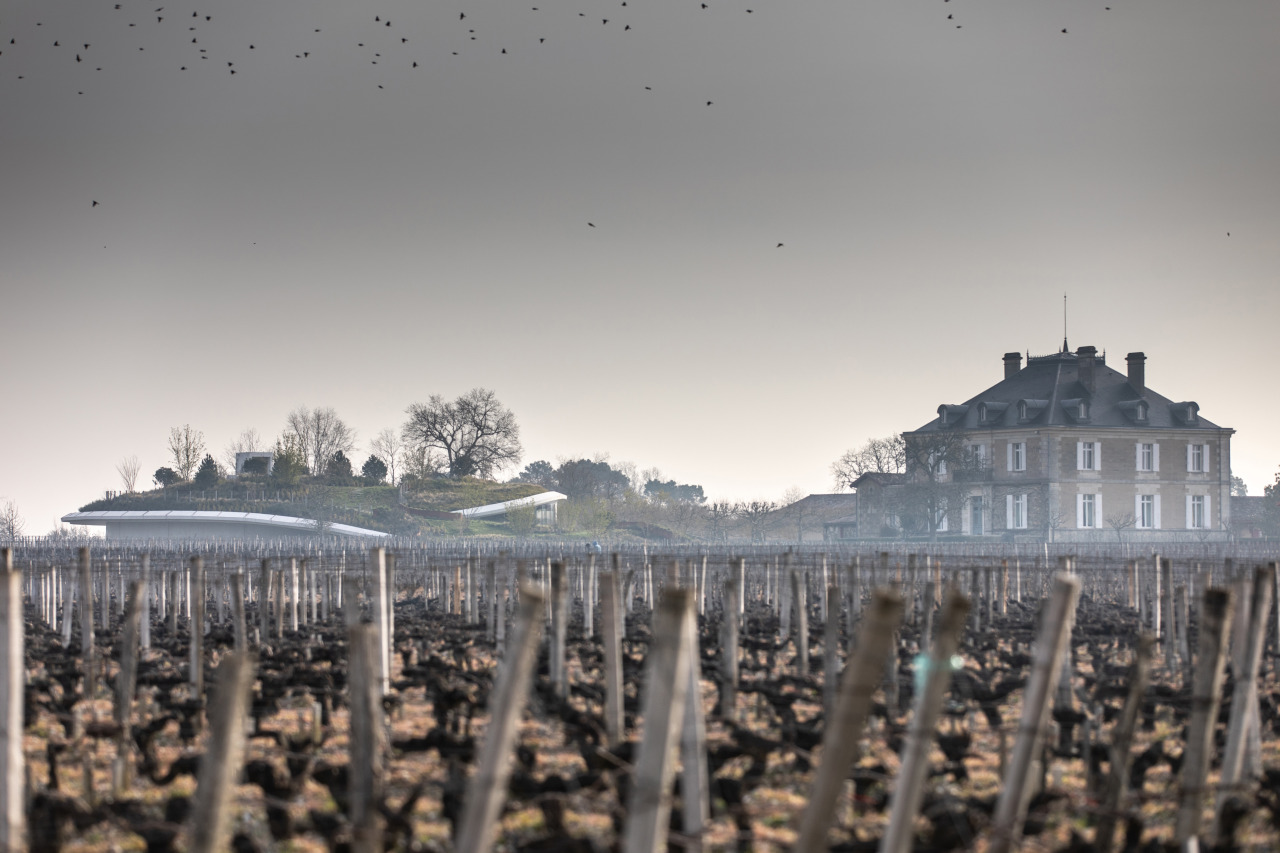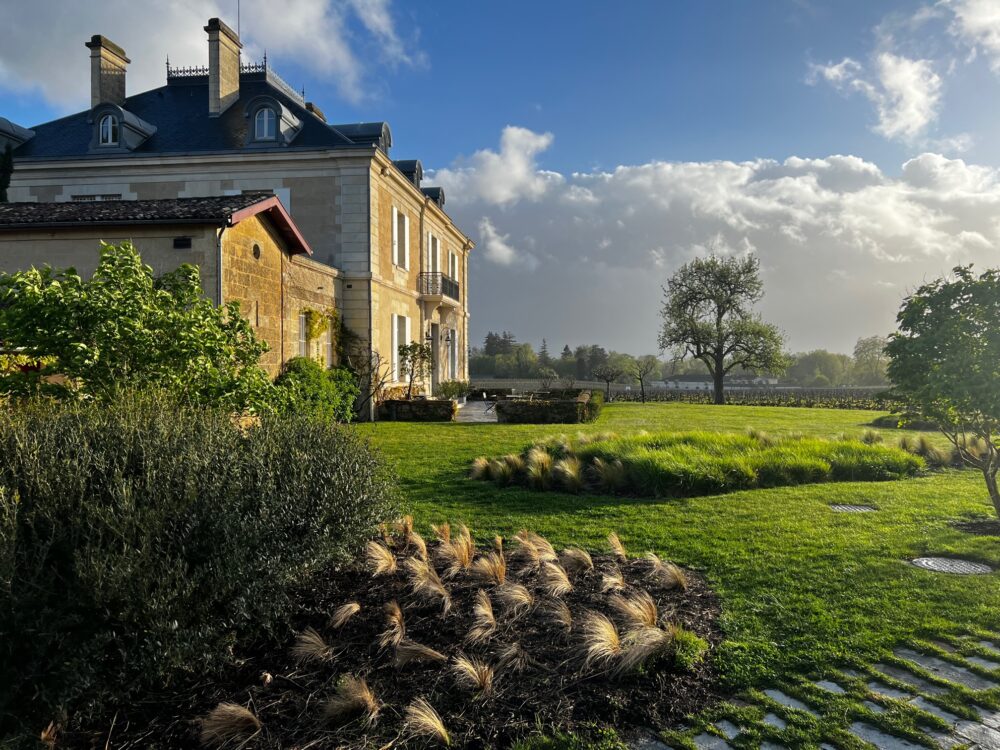
This retrospective took place at the château early in 2023 and focused on vintages from director Véronique Sanders Van Beek, who has been the driving force behind the incredible quality of this château since 1998.
Looking quickly at the history of the estate, Château Haut-Bailly is located in the Pessac-Léognan appellation in the Graves region of Bordeaux and is situated just outside the village of Léognan. With a history going back to the 1400s, the estate has seen many owners over the years. However, its modern history starts in 1955 with Belgian wine merchant Daniel Sanders. Daniel purchased the estate in 1955 and completely renovated the property, replanting large portions of the vineyards that had fallen into disarray. Daniel was also responsible for creating a second wine, La Parde de Haut-Bailly, in 1967. This cuvée was renamed Haut-Bailly II in 2018.

The Château at Haut-Bailly on a windy spring morning
The estate passed to Daniel’s son Jean in 1979, and Jean ran the estate from 1979 up through 1998, when the estate was purchased by American banker and businessman Robert Wilmers and his wife Elisabeth. Roberts, a philanthropist as well as a wine lover, quickly brought Véronique Sanders, Jean’s granddaughter, on as the President and CEO of Château Haut-Bailly in 1998, making Véronique the fourth generation of the Sanders family associated with the château as well as one of the few women in charge of a château in Bordeaux. At that time, Véronique held a master’s degree in economics from the Sorbonne University in Paris and had worked for companies in Paris and Prague before returning to Bordeaux in 1997, where she obtained a prestigious DUAD tasting diploma from the University of Bordeaux.
Along with renovating the cellar in 2000, Véronique implemented dramatic changes in the vineyards, focusing on harvesting riper, cleaner fruit by implementing green harvests to drop underripe fruit early in the growing season and performing multiple passes during harvest to ensure perfect ripeness. You can see a progression in the purity, elegance, and concentration of the wines starting early in the 2000s. Oenologist and Technical Director Gabriel Vialard was brought on board in 2002 and remains an integral part of the team today. Owner Robert Wilmers passed away in 2017, and the helm passed to his son Chris Wilmers, continuing the family tradition at the château. Most recently, the château debuted a new, state-of-the-art winemaking facility in 2021 that allows parcel-by-parcel vinification and incredible detail and precision in the winemaking process.
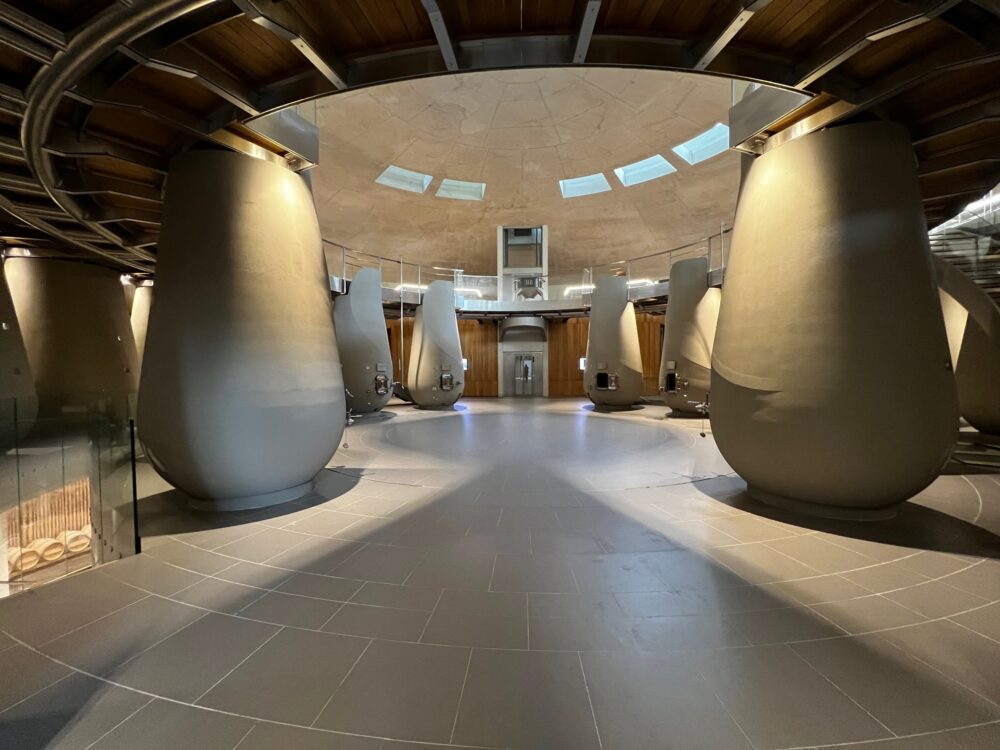
The new cellar debuted in 2021
Today, the estate covers 30 hectares of gently rolling hills of gravelly, sandy, sandstone-driven soils, with the vineyards planted to 60% Cabernet Sauvignon, 34% Merlot, and the balance Cabernet Franc and Petit Verdot, which largely mirrors the final blend of the Grand Vin. However, the Petit Verdot is a relatively new addition and doesn’t always make the final blend. While most of the old vines average 50+ years of age, this estate boasts some ancient vines, some over 100+ years old and the oldest vines in Bordeaux.
As to the winemaking, the wines see a short cold soak, a traditional vinification in concrete tanks, malolactic fermentation in tank (a small portion sees malolactic fermentation in barrels), and roughly 16-18 months in 60% new French oak.
Given the talented team, incredible terroir, and jewel of a winemaking facility, it’s safe to say that the sky is the limit with this château.
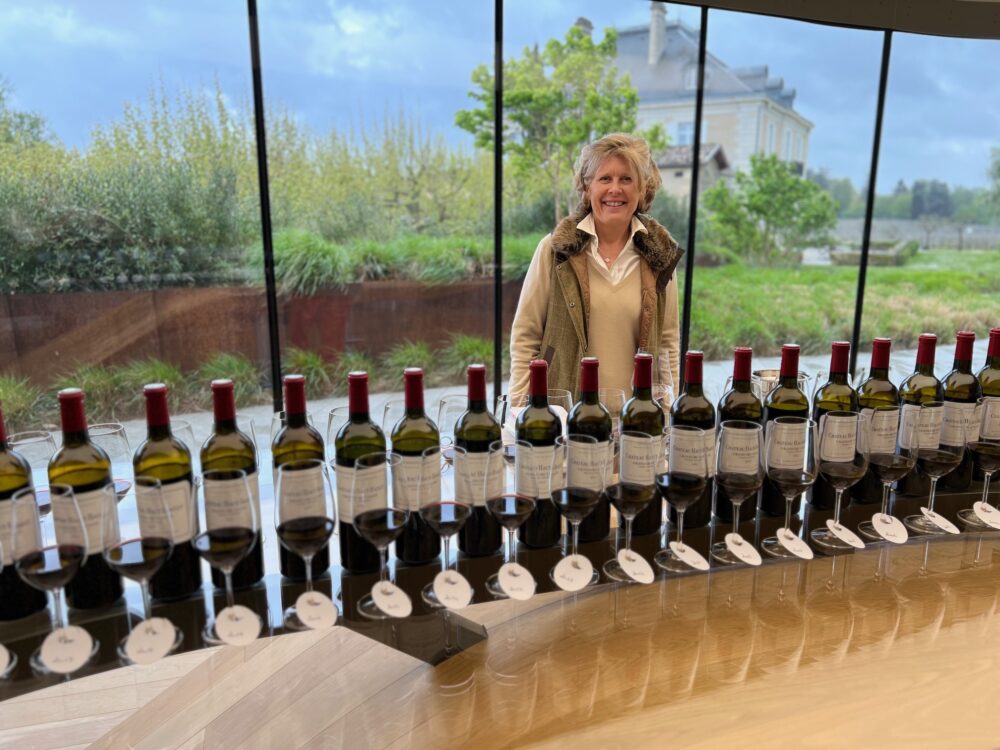
Véronique Sanders Van Beek
Looking at the wines reviewed for this retrospective, there’s an undeniable thread of elegance and purity, which I think is the hallmark of this terroir. The wines shine more for balance, grace, and purity than overt power or structure, while not lacking for concentration or depth.
Starting with the older vintages, both the 1998 and 1999 are fully mature, and I don’t see much upside to cellaring, although they will undoubtedly have a graceful evolution going forward.
Moving into the 2000s, it’s clear that the 2000 is a solid step up over both the 1998 and 1999, possessing terrific depth and richness, as well as another decade or more of prime drinking. Then from 2001 through 2004, the estate produced classic, more mid-weight wines that beautifully show the terroir and style of the estate. Readers looking for mature, traditional expressions of this château will love these wines. I suspect one of the finest wines ever produced by the château at this point, the 2005 is now mature and a powerful, sexy Haut-Bailly. It’s a step up over the 2000, but these are both mature, concentrated, sensational vintages for this château that readers should snatch up if given the chance. I thought both 2007 and 2008 were outstanding, with a clear nod going to the 2008, which is a vintage that yielded concentrated, classic, beautiful yet rarely showy wines that take time in the glass to grow on you. While the 2007 is clearly in its drinking window, the 2008 is just in the early stages of its prime. The back-to-back duo of the 2009 and 2010 show the true greatness of this terroir. While they possess dramatically different styles, both are lessons in true greatness in wine, with the 2009 being the more open, opulent, flamboyant, and sexy, and the 2010 being more focused, regal, and inward, with more obvious structure.
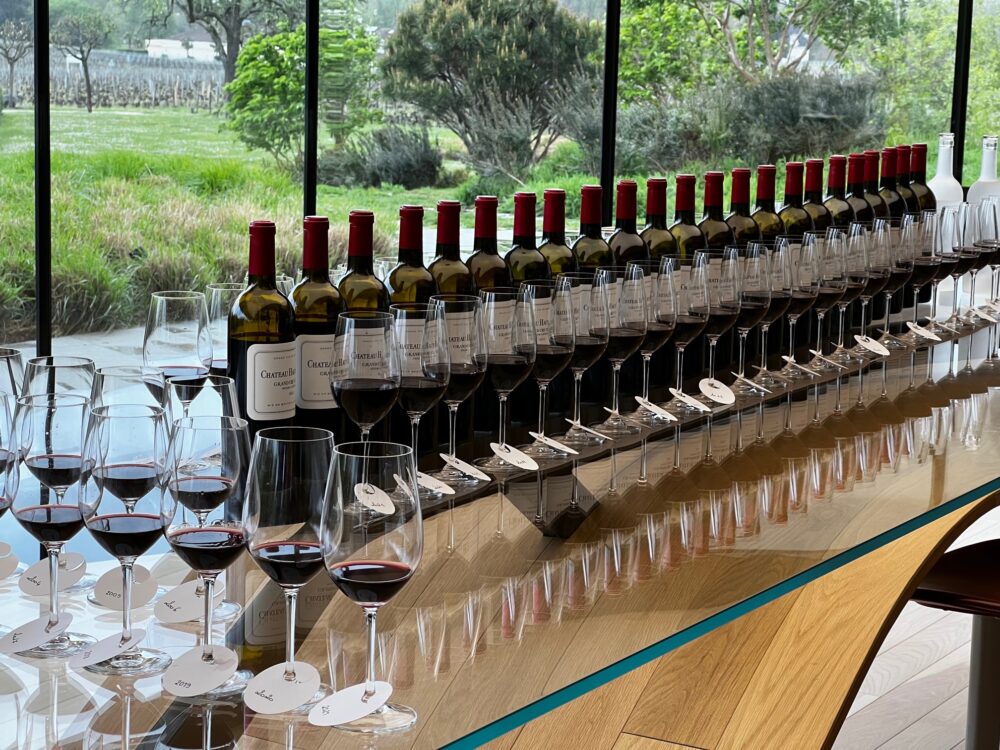
23 Vintages of Château Haut-Bailly
Moving into the 2010s, the estate seems to have hit its stride, producing brilliant wine after brilliant wine. Their 2011, 2012, 2013, and 2014 (as well as the 2017) all have classic profiles with plenty of accessibility and charm paired with impressive depth and richness. Aside from the 2013, which comes from a challenging vintage and is fully mature, these are all in the early stages of maturity and have a solid 15-20 years of prime drinking ahead of them.
Moving to the most recent vintages, the 2015, 2016, 2018, 2019, and 2020 are genuinely magical wines that readers should seek out. The 2015 and 2018 are clearly riper, more exuberant wines similar to 2009, with 2016, 2019, and 2020 showing more inward, structured profiles reminiscent of 2010. Despite their youth, and as with all great wines, these already offer incredible amounts of pleasure, given their purity, balance, ripe tannins, and overall class. I think it’s undeniable that Château Haut-Bailly is producing some of the greatest wines in the world today.
Happy hunting,
Jeb
